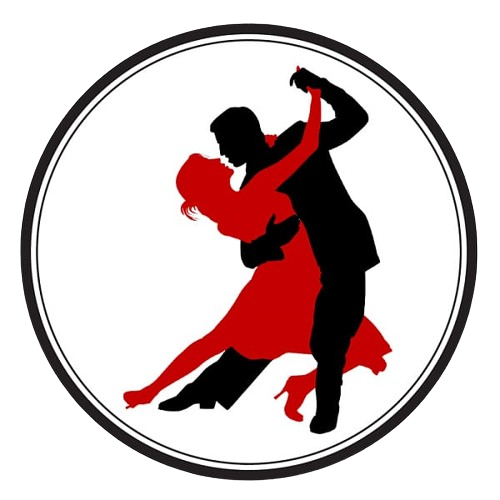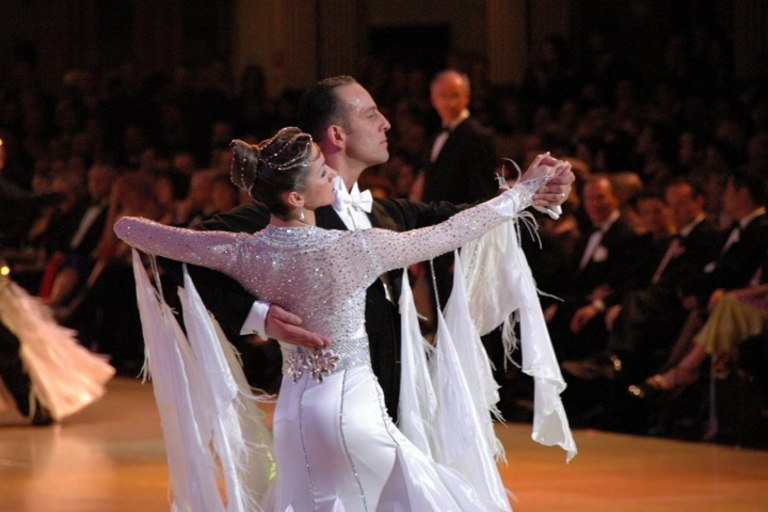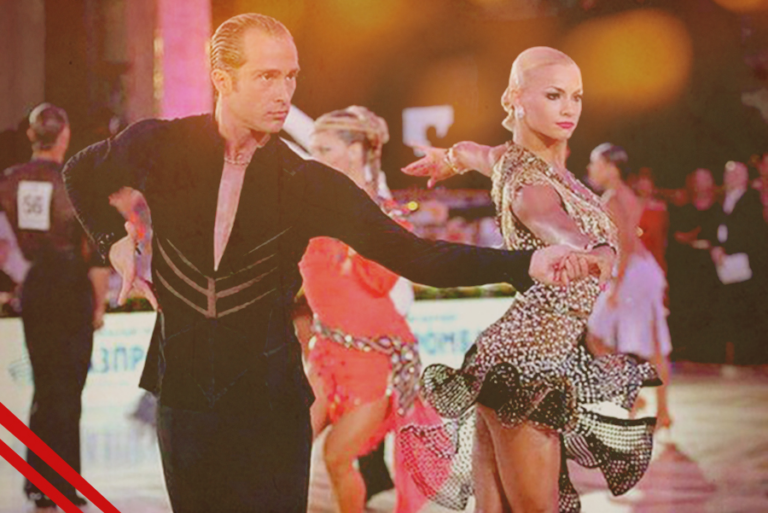Evolution of Ballroom Dance Styles: From Waltz to Tango

Ballroom dancing, a captivating art form that intertwines elegance and precision, has a rich history marked by the evolution of distinct dance styles. From the graceful Waltz to the passionate Tango, each dance has its own unique origins, characteristics, and cultural influences. In this exploration of the evolution of ballroom dance styles, we delve into the transitions, innovations, and cultural shifts that have shaped the beloved dances from Waltz to Tango.
The Waltz: A Dance of Elegance and Romance The Waltz emerged in the early 19th century in Austria and Germany, breaking away from the structured and formal dances of its time. Characterized by its smooth, flowing movements and graceful turns, the Waltz introduced a revolutionary concept – couples dancing in a closed position. This departure from traditional dance forms allowed for greater freedom of movement and paved the way for more intimate and expressive ballroom styles.
The Foxtrot: Transitioning to Modern Elegance As the 20th century dawned, the Foxtrot entered the ballroom scene, marking a departure from the rotational movements of the Waltz. Developed in the United States, the Foxtrot combined elements of ragtime and jazz, introducing a more upbeat and syncopated rhythm. Its adaptable nature made it suitable for a range of music styles, reflecting the changing cultural landscape of the time.
The Quickstep: Energetic Prowess on the Dance Floor Evolving from the Foxtrot, the Quickstep emerged in the 1920s, further accelerating the pace of ballroom dance. Infused with lively and energetic movements, the Quickstep demands agility and precision from dancers. With its intricate footwork and dynamic choreography, this dance style captivated audiences and became a staple in international ballroom competitions.
The Tango: Passion and Drama Unleashed Originating in the working-class neighborhoods of Buenos Aires in the late 19th century, the Tango brought a new level of passion and drama to ballroom dancing. Characterized by sharp staccato movements, intense connection between partners, and a sultry embrace, the Tango reflected the cultural influences of the Argentinean streets. As it gained popularity worldwide, the Tango became an iconic dance, epitomizing the fiery spirit of ballroom.
Conclusion: The evolution of ballroom dance styles from Waltz to Tango is a journey through time, culture, and artistic expression. Each dance reflects the societal changes and influences of its era, contributing to the diverse and dynamic world of ballroom dancing. As these dances continue to evolve, they remain timeless expressions of human connection, communication, and creativity on the dance floor.



